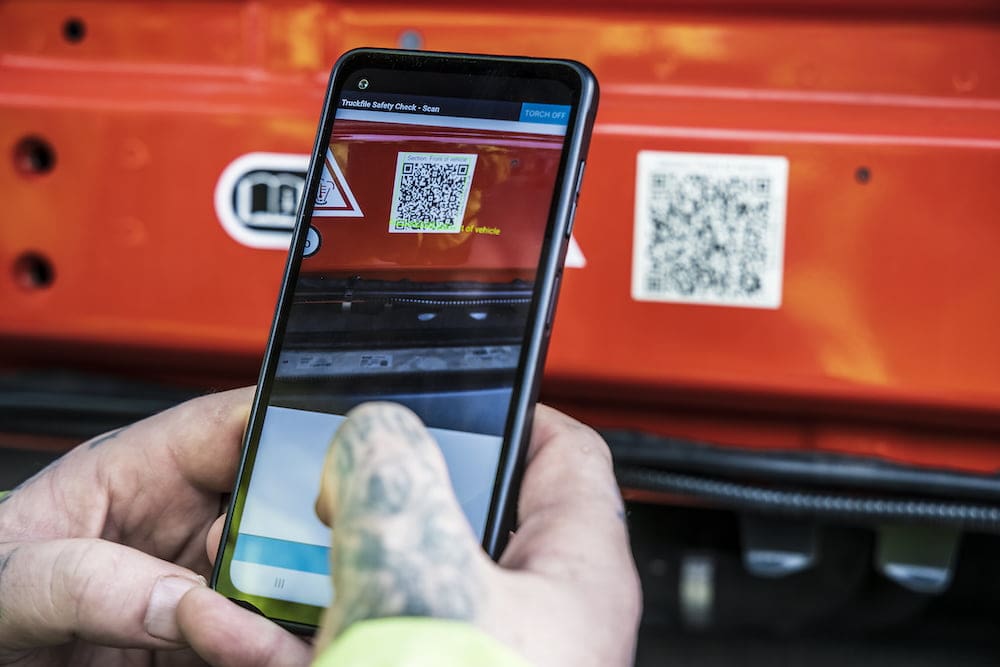How to complete your daily driver walk around check
A driver walk around check is a very important routine completed by fleet operators. The driver check is vital because it is the first point of detecting any defects early before drivers start their long journeys. They are to be performed every day and the ‘first use’ check is a legal requirement. As well as helping to detect any issues early, the first use check can reduce maintenance costs and vehicle downtime because the problems can be dealt with in a timely manner before they are exacerbated. You must do a daily driver walk around check before you take your vehicle out on the road.
A driver check includes showing digital proof that your vehicles have been checked and are fully legal and DVSA compliant. This first check is bespoke to each vehicle and its specialised assets and to demonstrate your business compliance, you must make sure to document and provide proof that your vehicle has been checked and is fully legal every day. If, for example, you operate a heavy-duty vehicle, you may need to perform more frequent checks because due to their complexity, they are more likely to develop mechanical faults. It is essential for commercial trucks who drive hundreds of miles a day, several days a week to be in good repair and that their breaks, engines, and other components work properly.
Learn more about what a driver check is here.

As a fleet driver, you are responsible for making sure your vehicle is safe to drive. On the outside, check for any signs of damage and make sure things are secure like the grill, bumper, number plates, mirrors, wings, wipers, spoiler, battery, fuel cap and exhaust stack pipe. It is important to make sure the electrics, air and ABS are plugged in correctly and not twisted or damaged. Check the tyres for any bald patches, that the tread depth is adequate, and the wheel nuts are secure. The brake discs need to be in good condition and not cracked and that there are no signs of a leak underneath the vehicle. Look for any damage on the outside curtain or panels and that elements like the outline markers, coupling, airbag, landing leg, underrun bars and chassis on the trailer are secure and safe.
Before getting in the vehicle, don’t forget to check the handles and steps are secure and that, when you’re in the cab, nothing is loose and your vision is clear including the view from your mirrors. There should be no cracks in the windscreen and the wipers and washers work as they should. Inspect the seatbelt and steering wheel for any signs of damage as well as the stalks, switches and gearstick, hand break and horn and the seat itself is in position and secure. You should regularly check things on your dashboard like the hazard warning switch, your lights, and gauges are working properly. Check the footwell is free from rubbish and your feet don’t slip of the pedals. Test the breaks and keep an eye on the air gauges as if they drop this could be a sign of an air leak.
If you find any defects, make sure to report them to your fleet manager immediately and don’t take the vehicle out. An unsafe vehicle can cause death or serious injury to the driver, another road user, or a pedestrian. A driver could be fined up to £1,500 for driving with defects and could be taken to court for serious offences.
